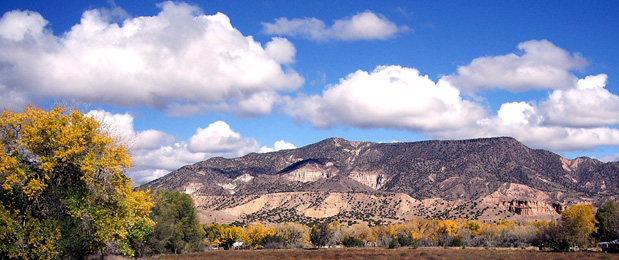
. The arid regions of the Americas .
Forging deeper impressions of the tensions in our national landscape heritage.

. The arid regions of
the Americas .
A Sensitivity to Places
Two dozen American landscape artists
Nineteenth century scenery changes
Landscape Art
Photography
Visual learning
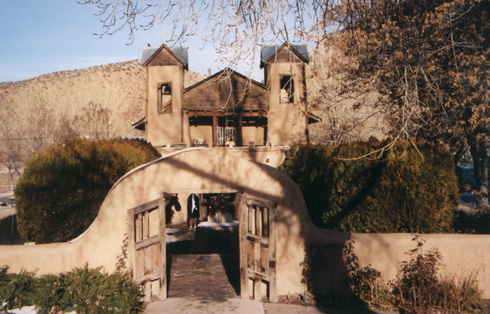 American
scenery 1630-1930: in art, maps, photographs & words.
American
scenery 1630-1930: in art, maps, photographs & words.
A cultural approach to the values inherent in our landscapes.
"Of purple mountain's majesty, o'er amber waves of grain, America, America sweet land of liberty, of thee I sing."
Albert Bierstadt, The View from the Wind River Mountains, Wyoming, 1860. Oil on Canvas. Museum of Fine Arts, Boston.
The
national affection for the scenic beauty and useful productivity of the terrain incorporating the United States has long fascinated, songwriters, painters and the public.
But the inherent character of the landscape may have often, too often, eluded us.
Colonial | Puritans | Sublime | Picturesque | Urban influences | Borders or Frontier | urban
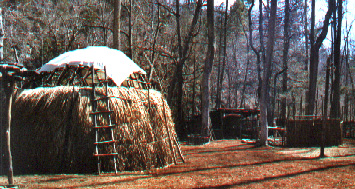
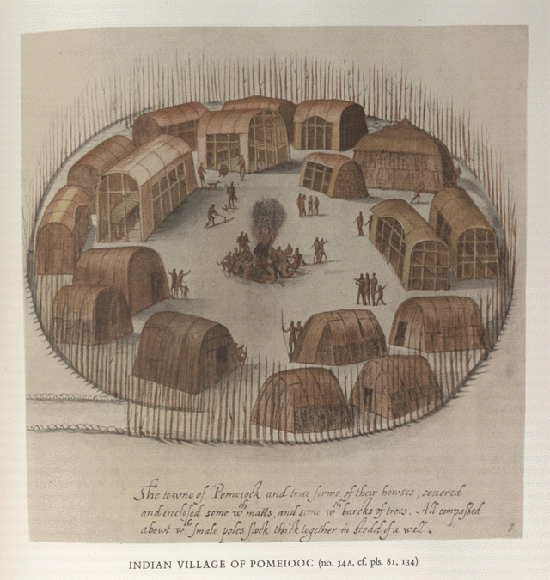
• A reconstructed Powhatan (Virginia) Native American lodge & John White's 17th century water color of this region's village.
• The absence of a renaissance
sensibility in the US
•
Retrogressive ideas in early
colonial settlements
• Puritan attitudes about God, creation and paradise
• Early
national deification of the farmer
– agrarianism, Physiocrats
• Naturalists redefine the character
of life on "God's" earth
• Pioneers’ knowledge of soil, forests, springs
and salt deposits
• Frontier violence and regeneration
Ambivalent: that is the existence of double edged sword; actually feeling two different ways about the same thing.
Colonial| Puritans | Sublime | Picturesque | Urban influences | Borders or Frontier | urban
What were the contributions of romanticism to altering American attitudes about wilderness from the earlier prevailing Protestant view of wild areas?
Colonial | Puritans | Sublime | Picturesque | Urban influences | Borders or Frontier | urban
How would you characterize the Puritan attitudes about Indians and wild areas of the frontier?
How do the authors support Nash's contention that concern for wilderness arose in the urban environs of North America?
Comparisons of lower Manhattan in 1661 and 1776 and to the later grid system of the 19th century.
“When I look out on such a night as this, I feel as if there could be neither wickedness nor sorrow in the world; and there certainly would be less of both if the sublimity of Nature were more attended to, and people were carried more out of themselves by contemplating such a scene.”
Fanny — Chapter 11, Mansfeld Park, 1814. Jane Austen,. p. 113.
Commentary.
Colonial | Puritans | Sublime | Picturesque | Urban influences | Borders or Frontier | urban
![]()
How did Gilpin’s idea of the picturesque influence
people’s ideas about landscape?
What are the sources of the dominant antipathy Americans harbored for the wild
frontier?
Albert Bierstadt, The Buffalo Trail, 1867-1868.
A new attitude emerged for land
The mountain west and a painting of the California gold rush.
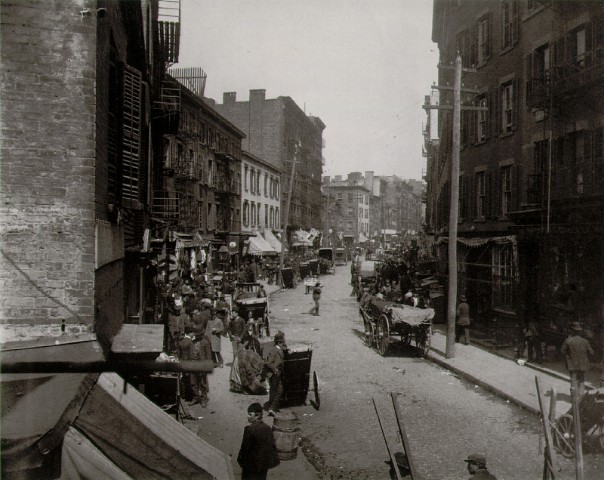
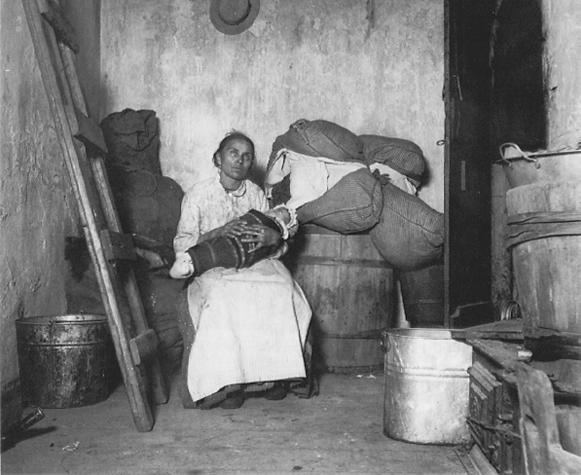
Jacob Riis, who photographed New York City, brought the cruel reality of urban life to a wider audiences attentions in the 1890s.
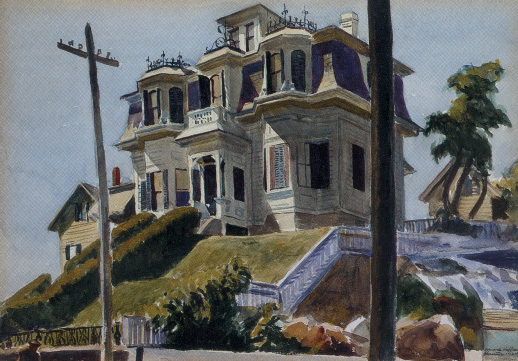
Edward Hopper, captured an enervating nostalgia to compensate for the losses due to industrialization of the landscape, in the twentieth century.
Sublime,
Edmund Burke, whose Philosophical Enquiry into the Origin of our Ideas of the Sublime and Beautiful was published in 1757, wrote:
"terror is in all cases whatsoever . . . the ruling principle of the sublime"
"The passion caused by the great and sublime in nature . . . is Astonishment; and astonishment is that state of the soul, in which all its motions are suspended, with some degree of horror. In this case the mind is so entirely filled with its object, that it cannot entertain any other."
Edmund Burke, On the Sublime, ed. J. T. Bolton. 58.
Sources
Cultural Landscape Foundation.
George Perkins Marsh, Man and Nature. 1864.
William Cullen Bryant, Picturesque America. [2 volumes], 1874. [See prints from].
Clarence Glacken. Traces on the Rhodian Shore. 1967.
Alfred Crosby. Germs, Seeds, and Animals. 1993.
Roderick Fraser Nash. Wilderness in the American Mind. 1967 .
John Trumbull, Romantic Landscape. 1783. The Dayton Art Institute.
Albert Bierstadt. Scene in Yosemite Valley, 1864-74. The Dayton Art Institute.
Helen Frankenthaler, Sea Change. 1982 . The Dayton Art Institute.
![]()
Colonial | Puritans | Sublime | Picturesque | Urban influences | Borders or Frontier | urban
Terry T. Williams | Gerald Durrell | D. H. Lawrence | Arnold Pacey | Tim Radford | Norris Hundley | Mary Austin | John Wesley Powell | Wallace Stegner | Leo Marx | Roderick F. Nash | Siry, Marshes